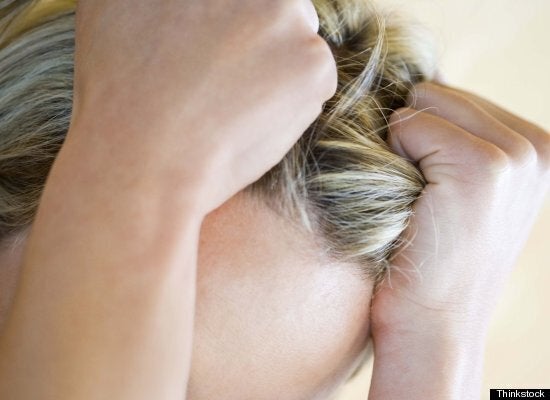Male hair loss and pattern baldness are often discussed, but a new study shows that a significant proportion of women are suffering from it too.
Around 1 in 5 women in the UK aged over 25 are currently experiencing hair loss or thinning according to a study commissioned by Philip Kingsley, and a further 9% of the 2,000 women questioned, had previously been affected.

The research, found that the risk of hair loss increases with age, with more than half of sufferers in the study being aged between 45-64 (51%). But it also revealed it can occur at any time in a woman's life - with 1 in 8 being under 35 when they experienced hair thinning.
Philip Kingsley, trichologist and man behind the brand, said: “The percentage of women with hair thinning (reduced volume) is much larger than is commonly thought as many suffer in silence.
"Sadly, a third of those suffering said that they haven’t done anything to address the problem, perhaps as they feel too embarrassed to seek help."
Kingsley speculated that hair loss in women could occur for a number of reasons including: crash dieting, processed foods, increased stress, certain oral contraceptives and hormonal conditions.
“Hair loss is extremely complicated and the unfortunate aspect is that the person is not aware of reduced volume (thinner hair) until they have lost 15% of volume, which means it started long before they noticed it," he added.
1. Your hair is shedding more than is normal for you for longer than two months.
You will notice more hair fall than usual when you shampoo, when you brush your hair and perhaps on your pillow and clothes.
However, it is normal to lose up to 100 hairs a day, so if you leave more days between shampooing than you usually do, the amount of hair fall you see will be more noticeable.
2. You feel your ponytail is thinner than it once was.
3. Your scalp is becoming more visible and/or you notice a reduction in overall volume or density.
4. You find your hair is not able to grow as long as it used to.
5. Your ends are finer than they used to be, yet it is not breaking. In this instance you may notice many new hairs of different lengths growing from your scalp.
6. You notice your hair is gradually becoming finer at the front, crown or temple regions of your scalp.
7. You notice excessive growth of hair on other parts of your body, such as your face, chest or arms.
Notice one or more of the above symptoms? Kingsley recommends visiting a professional to seek help quickly to start reducing further hair loss as much as possible.
Hairdressers can also help to identify a problem as they will be able to see a difference between visits, whereas women themselves often don’t notice gradual changes in their own hair.
Many top haircare brands are now offering products to help with thinning hair - Kérastase, Swell, and Philip Kingsley come highly recommended.
But Kingsley also suggests taking a "three-pronged approach" to hair loss - combining scalp treatments and protein sprays with a healthy diet, to address the problem inside and out.
SEE ALSO:
This Is The World's First Carbon Neutral Shampoo
Fearne Cotton Debuts #MumHair, She's Not The Only One
A Writer Called Beyoncé's Hair 'Stringy' And The Internet Is Not Happy
